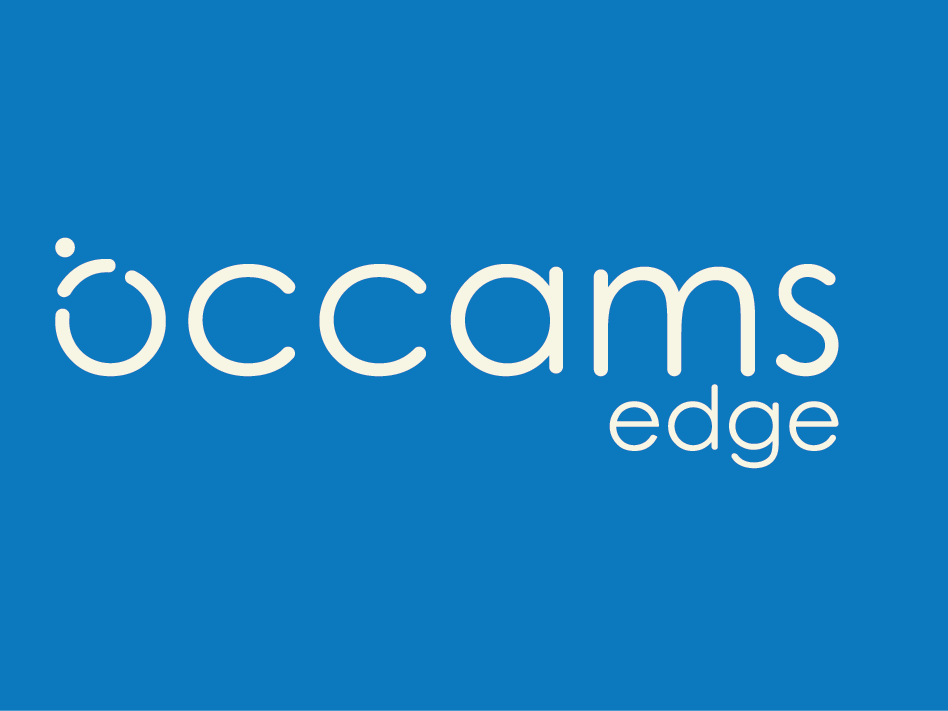Most organizations go through a formal decision-making process when they allocate resources to a particular initiative or when they develop an annual capital plan. Whenever we chose to allocate money or people to something, organizations typically follow a familiar three step process.

Learn
During the learn phase we are gathering data, building knowledge, and curating information on both the problem at hand and potential solutions. Our goal is to articulate the problem, offer a series of potential solutions and maybe articulate a recommendation or a preferred option.
To achieve this, first we spend time to learn about the presenting issue. We conduct extensive research, do analysis, run focus groups and interviews to make sure we fully understand the issues and problems that need to be solved. In a nutshell, the goal is to figure out who our customer is, what needs they have, and how best can we serve them.
Second, once we have identified the issues, we can begin to look at alternative solutions. We analyze the various merits of each solution and develop a cost benefit analysis of each option so we can think about how to best make a recommendation. If our solution includes a third party, for example a piece of technology or software, we will likely do additional diligence to measure things like functionality, integration, and relationships. We’d be inclusive of different stakeholder groups so that we had the opportunity to obtain a broad set of inputs on the final set of answers.
Finally, we prepare our presentation with our findings and recommendation.
Decide
Decision rights for capital spending typically sit with an executive team or a subset thereof. The team doing the “learning” will make their presentation to the executive team and make their recommendation. Usually there is some back and forth discussion, maybe the team has to go away and answer some additional questions but eventually the decision is made to either support or not support the capital allocation.
Act
Once approval has been obtained the team can then move onto the implementation of the solution. The work to solve the problem can now begin.
The Problem
As you can imagine this governance and decision-making process takes a significant amount of time. There are four distinct problems with this approach.
First, with a fast-paced business environment and innovation driving new ways of working, new technologies, and new possibilities it’s more than possible to create capabilities that don’t meet future needs.
Second, the learn phase never quite achieves what you intend it to. There always seems to be a series of “gotchas’ during the act phase. These lead to budget overages, time delays, and the reduction of scope. This is because we don’t know what we don’t know and only through experience can we solve this paradox.
Third, the learn phase doesn’t typically consider the difficulty in driving adoption of a new capability. Skills may need to be developed, behaviors changed, and reliance on old operating procedures need to be undone.
Finally, according to the National Training Laboratory, action-based learning results in three times the retention and understanding as passive based learning, Acting therefore contributes more to learning than simply reading or researching.
An Alternative
One of our principles is to move into action sooner rather than later. We encourage clients to learn by doing so they can better understand the presented issues, potential solutions, and behaviors that will need to be changed to drive adoption of the new capability.
Another principle we live by is to break down a problem into more manageable chunks and work to solve each of them over time. This is grounded in the fact that you want to avoid any kind of “Big Bang” implementation. Better to implement a series of smaller changes rather than one large one.
We prefer a series of small success rather than a death march that results in mediocrity.
Our suggestion therefore is to change the governance and decision-making process to help improve adoption, reduce risk, and create momentum

With the overall goal in mind, work towards taking smaller steps, learn as you go, and then decide which appropriate steps to take next. This iterative approach allows you to uncover and resolve what you don’t know about what you don’t know.
